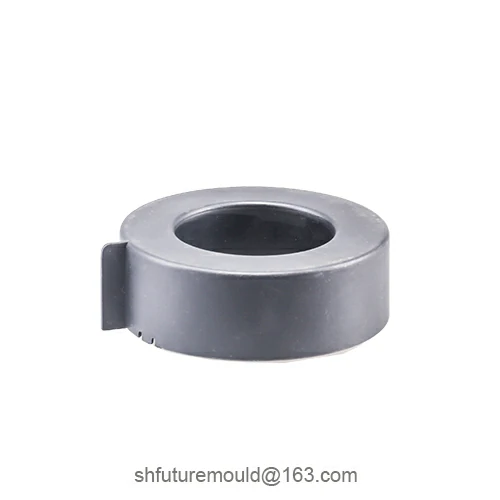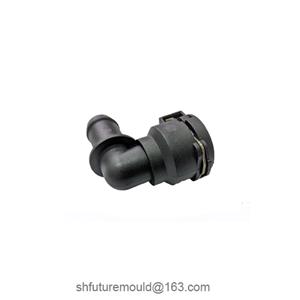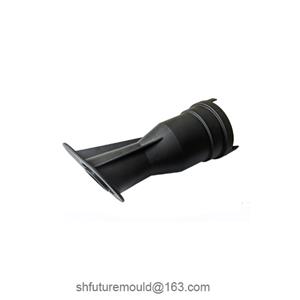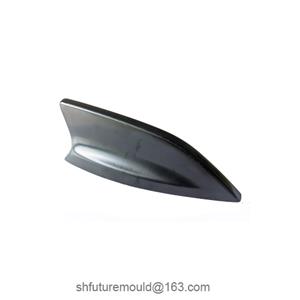How to Determine the Molding Shrinkage Rate of Injection Molds?
During the injection molding process, plastic materials undergo a certain degree of shrinkage as they cool. This shrinkage is caused by the physical properties of thermal expansion and contraction, as well as changes in the molecular structure of the plastic. Therefore, accurately determining the molding shrinkage rate of the injection mold is critical to ensuring the dimensional accuracy of the product and achieving good molding quality.
1. Understand the Properties of the Plastic Material
Different types of plastic materials have different shrinkage rates. Common thermoplastic materials such as ABS, polypropylene (PP), and polycarbonate (PC) each have varying shrinkage rates. First, it is essential to understand the basic physical properties of the material used and its typical molding shrinkage rate range.
2. Refer to the Standard Shrinkage Rate of the Plastic
Each plastic material has a standard shrinkage rate range during the injection molding process. This range is typically provided in the material datasheet or technical manual. For most materials, this shrinkage rate range serves as an initial reference, helping designers make preliminary judgments.
3. Adjust Shrinkage Rate Based on Product Wall Thickness
The shrinkage rate of plastic is not only related to the material type but also to the wall thickness of the product. Generally, thinner parts cool quickly, resulting in a smaller shrinkage rate, whereas thicker parts take longer to cool, potentially leading to a larger shrinkage rate.
4. Consider Mold Temperature and Injection Conditions
Mold temperature, injection temperature, injection pressure, and other molding conditions directly affect the flowability of the plastic and the cooling rate, which in turn impacts the shrinkage rate.
5. Validate the Shrinkage Rate Through Actual Testing
To ensure the accuracy of the injection mold and the dimensional precision of the product, the best approach is to verify the estimated shrinkage rate through actual injection testing. During the molding process, record the dimensional changes after each molding cycle, analyze the shrinkage behavior, and make adjustments based on the material's shrinkage characteristics and the process conditions.
6. Consider the Mold's Machining Accuracy
The machining accuracy and dimensional tolerances of the mold also have an impact on the molding shrinkage rate. During mold design, especially when creating precision molds, dimensional errors in the mold can affect the final product's dimensions. Therefore, it is crucial to strictly control the machining accuracy of the mold.
- Injection Mold
- Automotive Injection Mold
- Electronics & Electrical Injection Mold
- Consumer Goods Injection Mold
- Airplane Components Injection Mold
- Medical Components Injection Mold
- Irrigation Components Injection Mold
- Injection Molds




